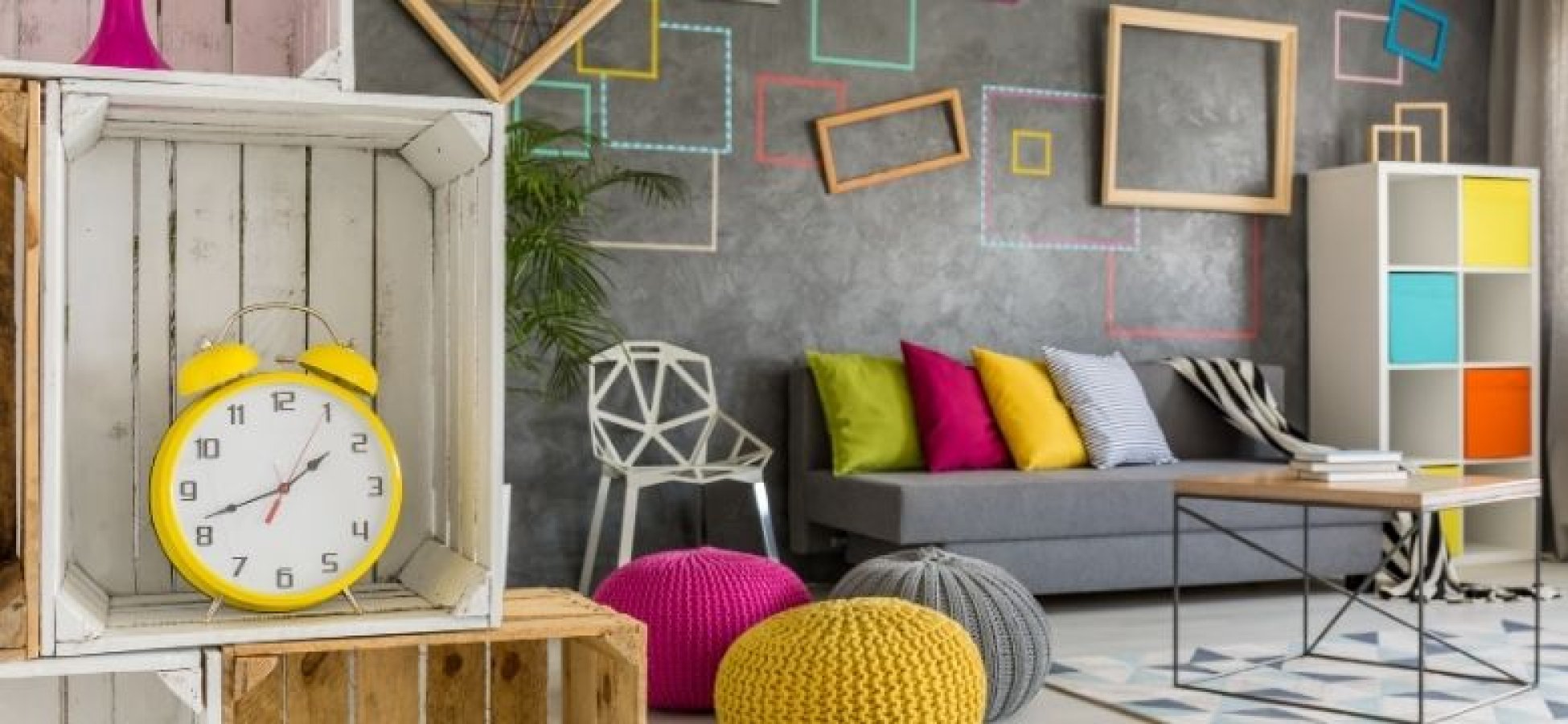Color harmony in home decoration is one of the most important elements for creating rooms that look spacious, elegant, and balanced. Incorrect color combinations can lead to chaos in the decor, while the right color harmonies can make spaces feel larger, warmer, and more inviting. Here are some key tips for achieving color harmony in home decoration:
1. Start with a Base Color
The base color sets the tone for the room and makes it easier to harmonize other colors. When choosing the base color, consider the amount of light the room receives, its purpose, and personal preferences. Neutral tones (beige, gray, cream) are often chosen because they provide a wide range of compatibility.
2. Use the 3-5 Color Rule
To avoid complexity in decoration, use a maximum of 3 main colors and their shades. One color serves as the base, another as a complementary color, and the third as an accent color. For example, if beige is chosen as the base color, blue can be the complementary color, and yellow or gold can be the accent color. This creates balanced color harmony in home decor.
3. Balance Light and Dark Colors
Using only light or dark tones can create monotony. Therefore, a balance of light and dark colors should be maintained. For example, pairing a dark sofa with light-colored walls adds depth and balance to the room.
4. Use Natural Colors and Wood Tones
Wood tones evoke a sense of nature and easily blend with other colors. Wooden furniture or earthy tones create a warm atmosphere in living rooms or bedrooms. Wood, especially in modern, rustic, or Scandinavian styles, adds natural elegance.
5. Use the Color Wheel
The color wheel is a helpful tool for achieving color harmony. Colors that are adjacent on the wheel (monochromatic) provide a harmonious look, while opposite colors (complementary) create a more energetic and contrasting appearance. Choosing contrasting colors like blue and orange or yellow and purple can add vibrancy to your room.
6. Base Your Design on Neutral Tones
In home decor, neutral colors (white, gray, cream) can serve as a base for both walls and furniture, making it easy to incorporate other colors. These basic colors act as a backdrop for highlighting bolder shades. Neutral tones are ideal for achieving harmony in decor.
7. Add Color with Accessories
Accessories are highly effective in changing the overall atmosphere of a room. Adding vibrant-colored pillows, rugs, or paintings to a neutral-toned room can easily liven up the atmosphere. Accessories can make a big impact with small touches.
8. Create Contrast with Accent Walls
Accent walls are a great way to add depth and character to decor. For example, painting one wall a darker color or covering it with patterned wallpaper can change the overall feel of the room. Accent walls that create contrast add a striking touch to the space.
9. Don't Neglect the Ceiling Color
Although ceilings are often thought to be painted white, different shades can be used to harmonize the ceiling with the walls. Light colors on the ceiling create an airy feel, while darker tones are ideal for a modern style. The ceiling color can create a different atmosphere in the space.
10. Consider Natural and Artificial Lighting
The appearance of colors can change based on lighting. Sunlight makes colors appear warmer and more vibrant, while artificial lighting can wash out certain colors. Therefore, consider the light exposure of the room when choosing colors. Additionally, achieving color harmony with lighting is an essential detail in home decor.
Achieving color harmony in home decoration is possible with the right color choices and a balanced combination. By following these tips, you can make your home more stylish, comfortable, and cohesive. Remember, colors are not only about aesthetics; they also directly affect the energy and atmosphere of your living space.

